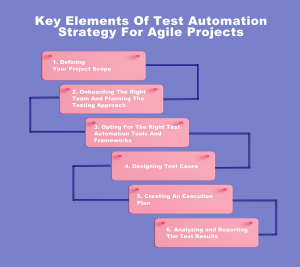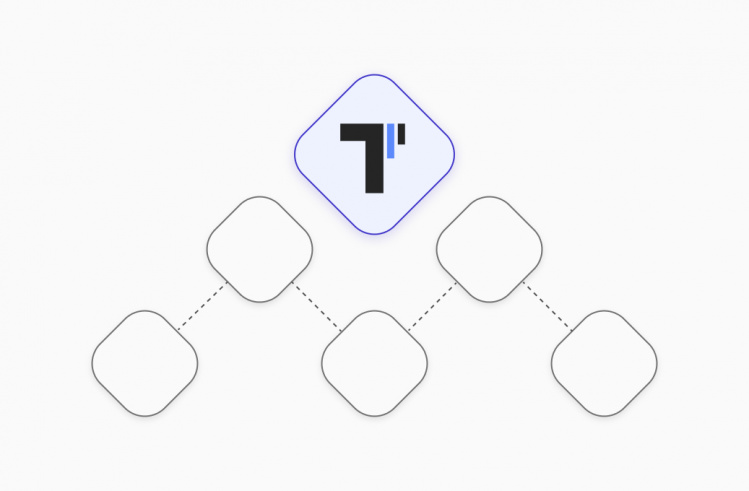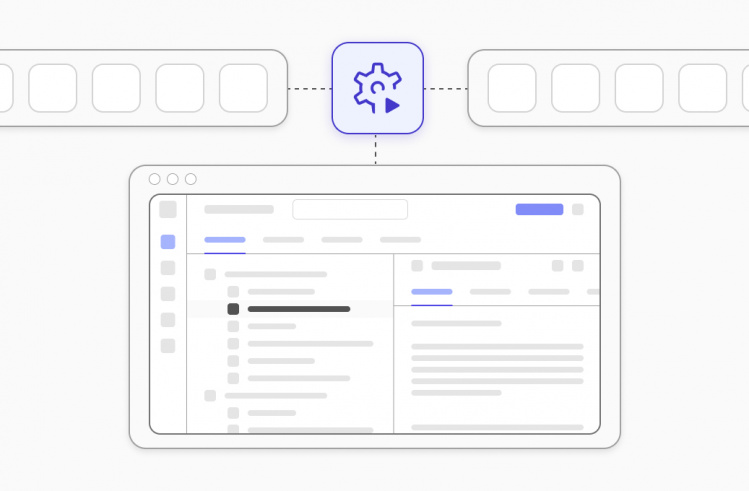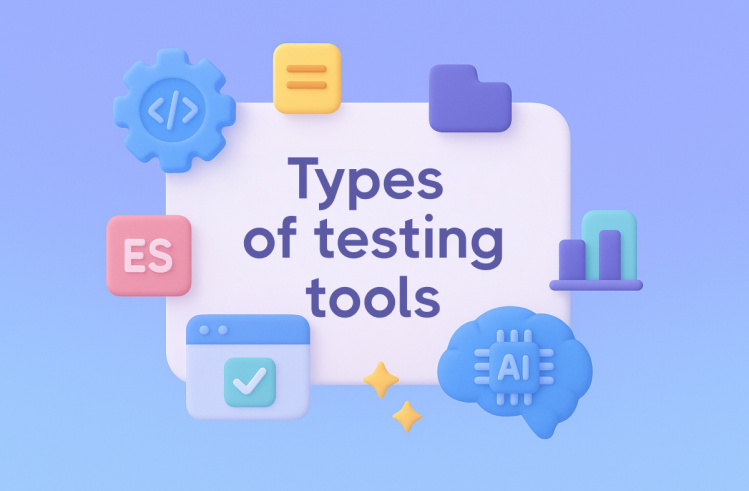For organizations in the modern agile-driven environment, test automation has become incredibly popular with the hoard of benefits it provides. It helps them move away from mundane, labor-intensive and repetitive tasks and improve speed and efficiency in the entire development process. Moreover, organizations can combine it with the DevOps testing approach to achieve agility and speed and reduce business expenses in the long run by building comprehensive test automation strategy.
According to a recent survey, 24% of respondents who invested in test automation received an instant increase in ROI. With that in mind, having a test automation strategy absolutely matters for organizations of any size. That’s why building a test automation strategy for agile projects should be the first thing on the minds of business owners. If you’re unsure how to jumpstart your software test strategy, this article will help you get there.
What is a Test Automation Strategy?
A test automation strategy sets the overall direction for carrying out a testing process at the organizational level. It provides a comprehensive high-level document that explains key principles and approaches for the teams to follow when performing testing activities in order to accomplish specific goals. However, when creating a test automation strategy, you might be puzzled about the difference between a test strategy and a test plan.
What is a Test Plan?
Prepared by a QA Lead, a test plan outlines the scope of testing and describes test-related activities in detail – the technique used, schedule, recources, etc. Generally, it is not static and can be changed during the testing process.
Test strategy vs Test plan
Let’s look at the comparison table to clarify how these terms are different:
| Test Plan | Test Strategy | |
| Main goal | outlines all activities required for the testing process and explains how to accomplish key objectives | highlights the main testing instructions and approaches to follow |
| Level | Project level | Organizational level |
| State | Dynamic: can be changed | Static: cannot be changed |
| Managed by | QA lead | Project Manager |
| Scope | Provides all testing activities to be conducted | Provides general instructions |
Key elements of test automation strategy for agile projects
An automation testing strategy will help you make the most of your investment and improve your testing activity. If well-planned, it delivers numerous benefits. Let’s keep on reading!
#1: Defining your project scope
Identifying goals is essential for setting the tone for your project scope. The team should define all deliverables, tasks, and sprints, including their time frames. Additionally, it’s important to know which test cases to automate. As a rule, automation should replicate the following tasks:
- Error-prone and time-consuming if performed manually
- Labour intensive and repetitive in nature
- Require a heavy resource investment
#2: Onboarding the right team and planning the testing approach
Engaging a group of people with the right mix of professional skills and experience is essential to performing testing activities. They should be well-versed in writing test scripts and regression tests, running tests, checking test failures, updating the tests, etc. Based on a recent survey, 79.9% of respondents had the required skills for test automation while the 20.3% didn’t.
Once a QA team knows what to test, they need to decide what test types to include in the automated test suite and outline the sequence and frequency of these tests.
As each test type has its own frequency, execution time, complexity, and required team skills, this may lead to different results, including changing the project timeline or missing the project deadline. That’s why when selecting a test type, take this information into account to have a satisfactory and more accurate outcome.
#3: Opting for the right test automation tools and frameworks
Unfortunately, not every testing tool may suit your agile project. That’s why it’s crucial to closely examine the project specifics and select the most appropriate tool that addresses your project needs. When choosing a tool for test automation strategy, you need to analyze your budget, requirements, and a team experience to come to a final decision. Well-built test automation is integral to DevOps strategy. This speeds up the code deployment from the development to the production environment.
DevOps Test Strategy
DevOps test strategy aims to support the implementation of agile best practices related to Continuous Integration (CI)/Continuous Development (CD) and provide the continuous testing process. This helps teams locate errors and possible threats faster and accelerate the release of software products.
#4: Designing test cases
Designing quality test cases with reusable elements boosts reusability and eliminates time-consuming and repetitive tasks that significantly improve the dynamic of the testing process. When importing reusable test cases, your QA team saves a reasonable amount of time in the long run. In addition to that, applying a variety of built-in templates or other techniques speeds up the testing process and helps your QA team achieve greater test coverage. Once you pick the right test automation tool, you can jumpstart importing reusable test cases to reduce the effort required to execute tests.
#5: Creating an execution plan
After designing test cases, you need to run them in the test automation tool. This will help you identify bugs and verify the performance of every feature or software component. Once you completed individual test cases, move on to regression testing.
Why is a regression testing strategy necessary?
When testing in an agile team, having a regression testing strategy at hand saves you lots of valuable time and resources. It ensures QA teams are up-to-date with the testing information, handle the complex regression test suites more efficiently, and locate side-effects of the newer code seamlessly.
#6: Analyze and report the test results
Finally, as the test execution process is completed, it is important to carry out detailed test analytics and report on testing. You should check what went wrong, what needs improvement, etc. In addition, you need to get feedback from multiple stakeholders, including QA managers, DevOps engineers, and so on as well as figure out how best to structure the QA process to drive optimal results.
Bottom Line: Is test automation strategy on your radar?
Building a test strategy for agile projects is quickly becoming mainstream for the teams looking to quickly introduce new features while keeping user experience at a high level. This is possible if you avoid time-consuming, error-prone, and costly, manual testing activities and implement an agile test automation strategy. If done right, your organization can ensure business competitiveness and growth in the near future as well as help you speed up time to market and drive higher ROI.









